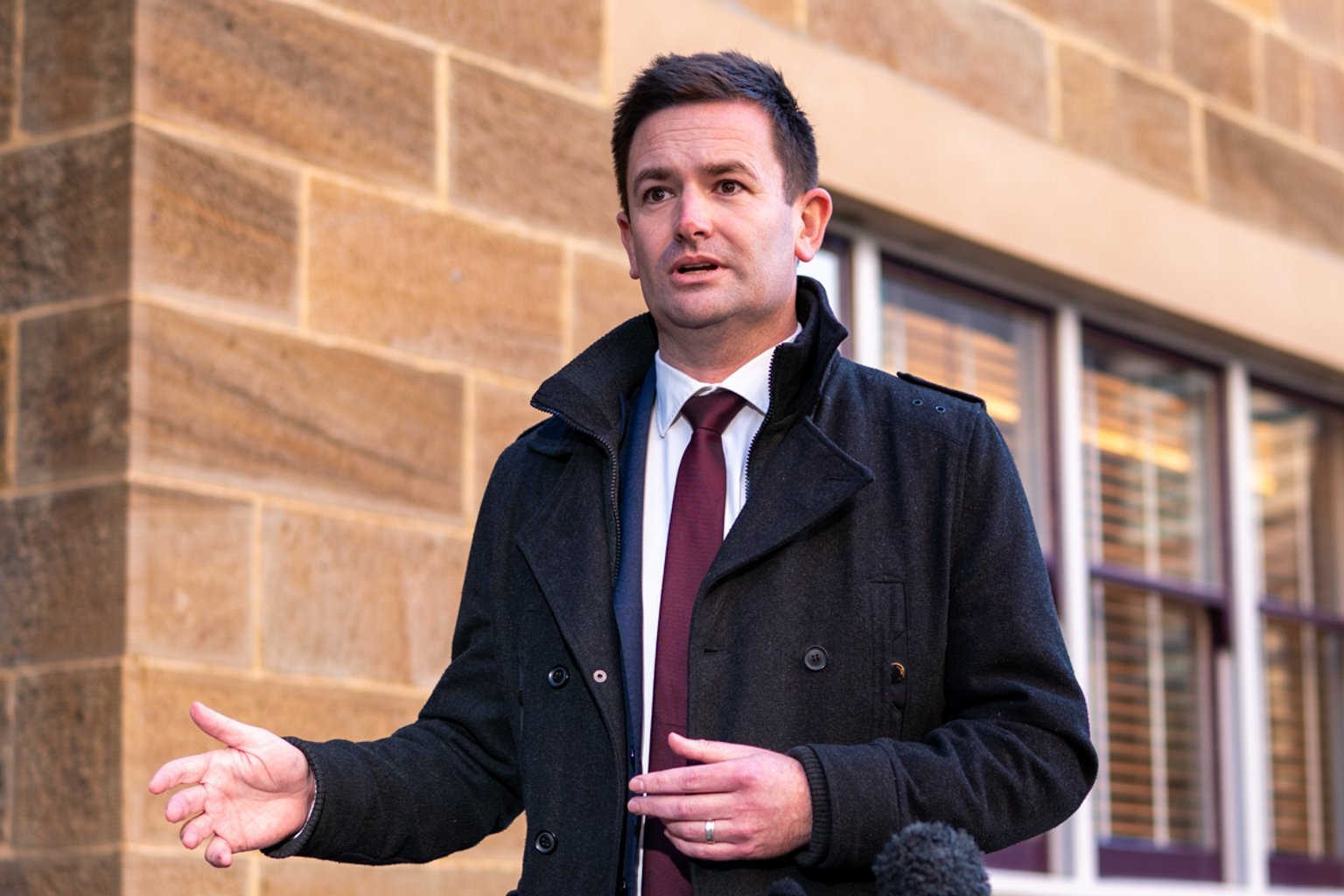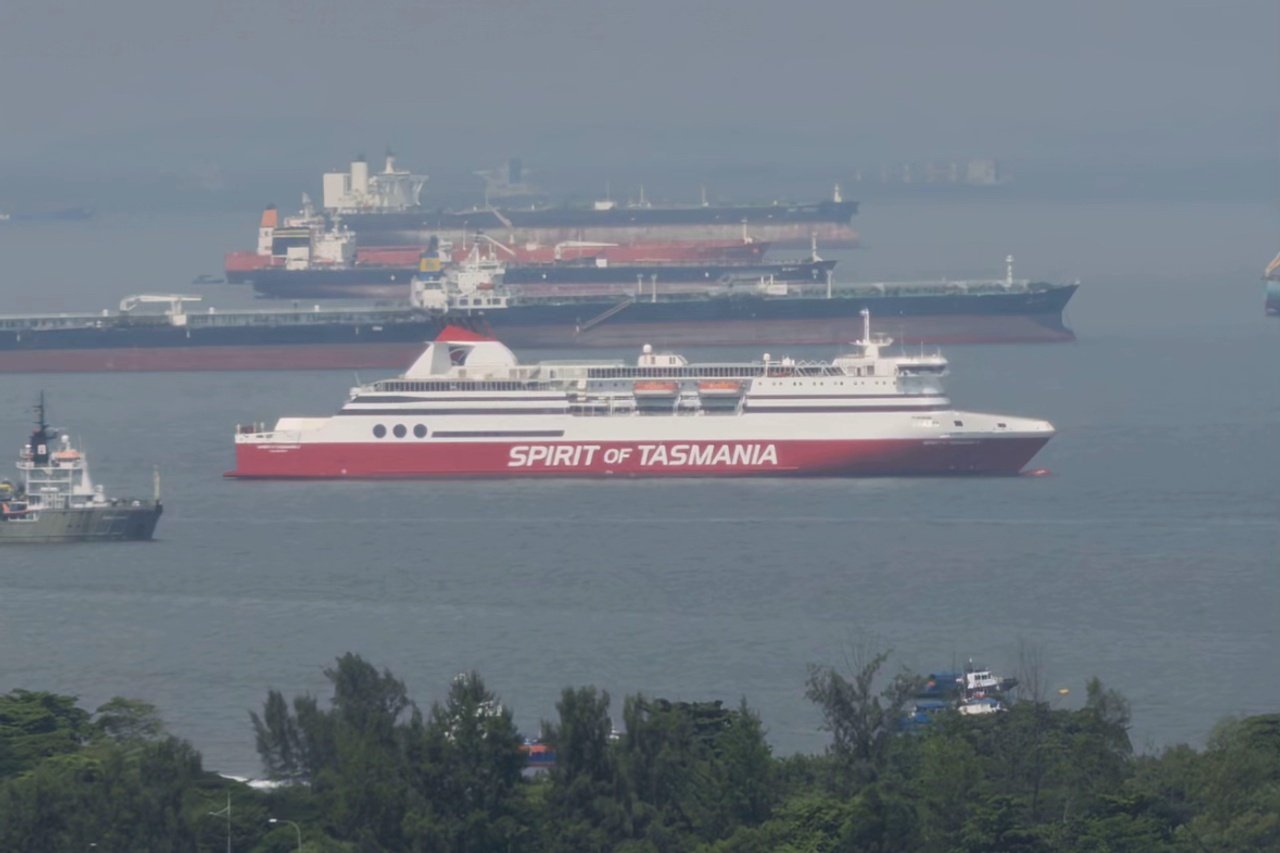A newly released report has painted a “shocking picture” of Tasmania’s environment, according to the state’s most prominent conservation group.
The State of the Environment Report release on Tuesday by the Tasmanian Planning Commission is the first of its kind in over a decade.
It highlights a significant decline in vital habitats such as kelp forests in the ocean and Swift Parrot forests on land.
According to the report, 31% of Tasmanian vascular flora (588 species) is considered threatened or possibly threatened, with 36% of endemic plant species facing a similar fate.
The number of endangered and vulnerable flora species under the Tasmanian Threatened Species Protection Act has also increased from 189 in 2008 to 230 in 2022.

In terms of fauna, 16.5% (76 species) of Tasmania’s vertebrate species are currently listed as threatened.
The report notes that between 1995 and 2023, the total number of threatened fauna species increased in every habitat type, with terrestrial habitats experiencing the most significant rise.
The Bob Brown Foundation has accused the Liberal Government of overseeing much of the destruction since coming to power, claiming they have acted at the behest of loggers, miners and industrial fish farmers.
“The report shows that our coasts and marine environments are in dire straits,” campaigner Alistair Allan said.
“With a huge loss of habitat, invasive sea urchins, pollution and oxygen degradation from industrial fish farms, all topped off with ever-increasing water temperatures, the Tasmanian government has been completely asleep at the wheel when it comes to protecting and looking after our unique rivers, creeks, wetlands and oceans.”
The Foundation’s Jenny Weber said the environmental destruction is evident in the “annihilation” of “precious ecosystems” across the state.
“Across this island, native forest logging is responsible for pushing animals like the Swift Parrot, Tasmanian Devil and the Masked Owl towards extinction,” she said.

“It is horrifying that our ancient forests are chopped down for woodchips while our unique wildlife pays the price and it is all sanctioned by the Liberal and Labor coalition.”
Planning Minister Felix Ellis said the state government is reviewing the report’s findings.
“We are committed to sustainable management of our environment while also continuing to pursue economic development opportunities, ensuring Tasmania remains the best place to live, work and raise a family,” he said.
The report made 16 recommendations to the state government:
1. Develop a long-term vision and strategy for Tasmania’s environment
2. The Commission recommends that the Tasmanian Government explore opportunities to collaborate with the Aboriginal community in ways that continue to incorporate Aboriginal knowledge and values into better care of the environment.
3. Develop an environmental data strategy
4. Contemporary RMPS (Resource Management and Planning System) objectives and legislation
5. Establish more marine protected areas
6. Undertake a review of Tasmania’s coastal policy
7. Recommendation 7:Support the collection and analysis of fisheries independent data
8. Improve native vegetation mapping and information
9. Implement measures to end illegal vegetation clearance
10. The Commission recommends that the Tasmanian Government continue to invest in Tasmania’s terrestrial reserve system in order to maintain the integrity of the current reserve estate
11. Implementation of a statewide soil monitoring program
12. Strengthen fire management activities
13. The Commission recommends that the Tasmanian Government support the regular review of programs dealing with biosecurity matters and invasive species to ensure these programs are properly resourced, strengthened, and prioritised.
14. Development of a broader water policy, monitoring and reporting approach
15. Air quality monitoring and emissions reduction across all sectors
16. Implementation of the Waste and Resource Recovery Strategy







